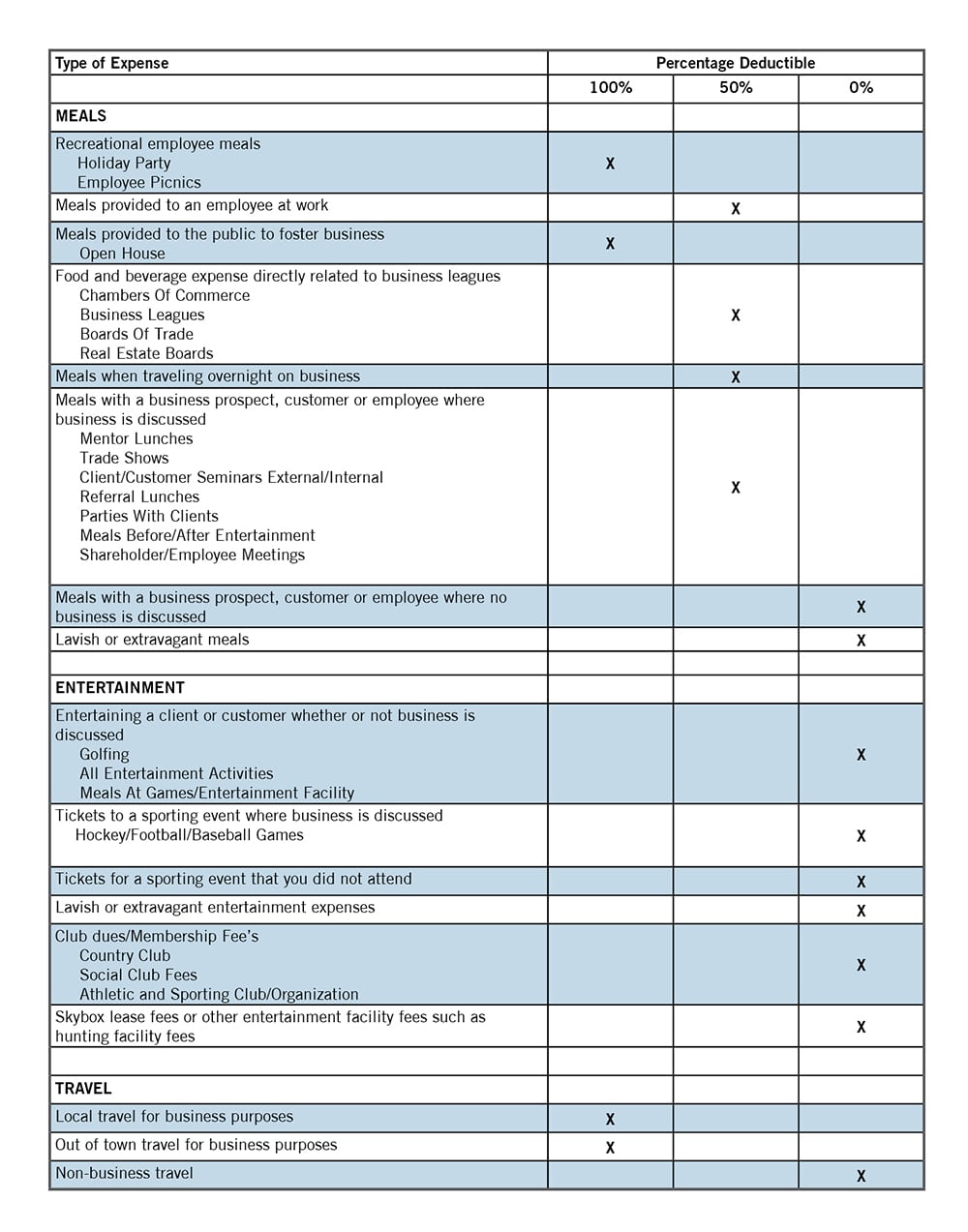The Tax Cuts and Jobs Act (TCJA) means several changes in the depreciation and expensing of vehicles used in a taxpayer’s trade or business.
Vehicles not subject to these limitations are detailed below, as are other types of property that are subject to general provisions also explained below. Under the TCJA, §179 expensing has increased to $1 million and the phase-out threshold has increased to $2.5 million for qualified assets placed in service during tax years beginning on or after January 1, 2018. Previously, taxpayers were limited to $500,000 in §179 expensing and the phase-out threshold was $2 million.
Prior to the TCJA, taxpayers were permitted a deduction of 50% the cost of certain types of new tangible property the year it was placed in service. One hundred percent bonus deprecation is now allowed for qualified property acquired and placed in service after September 27, 2017, but before January 1, 2023. If property was acquired prior to September 28, 2017, but not placed in service until after September 27, 2017, then prior year rules will continue to apply. After 2022, the rate of bonus depreciation decreases over the next four (4) years:
- 80% for property placed in service in 2023
- 60% for property placed in service in 2024
- 40% for property placed in service in 2025
- 20% for property placed in service in 2026
With regard to passenger automobiles, §280F(a) provides dollar limitations on depreciation and §179 expense deductions that a taxpayer may take for “luxury automobiles.” Any vehicle of 6,000 pounds of gross vehicle weight or less is considered a “luxury automobile.” Vehicles under this weight limitation are subject to the 280F limitations, which limit the available depreciation and §179 deductions.
Limitations on “Luxury Automobiles”
“Luxury automobiles” that are placed into service after December 31, 2017, will be able to take advantage of the increased dollar limitations on deprecation and expensing under the TCJA. For 2018, the amount of depreciation and expensing deductions for a passenger car or light duty truck or van shall not exceed:
- $10,000 for the first taxable year in the recovery period,
- $16,000 for the second taxable year in the recovery period,
- $9,600 for the third taxable year in the recovery period, and
- $5,760 for each succeeding taxable year in the recovery period.
These numbers will be adjusted for inflation after the 2018 tax year. The TCJA retained the $8,000 limit for additional first-year depreciation for passenger automobiles. Therefore, in 2018, the maximum amount a taxpayer can deduct in the first year is $18,000.
§179 Limitations on SUV’s
§280F limits §179 deductions to $11,160 for vehicles up to 6,000 lbs. in 2017 and $18,000 in 2018 and beyond. Those SUVs with a gross vehicle weight above 6,000 lbs. (but not above 14,000 lbs.), are limited to a $25,000 §179 deduction. Vehicles that are above 6,000 lbs. but not more than 14,000 lbs. are not subject to the §179 $25,000 limit if any of the following exceptions apply:
- The vehicle is designed to have a seating capacity of more than nine persons behind the driver’s seat,
- The vehicle is equipped with a cargo area of at least 6 feet in length that is considered an open area or is designed for use as an open area but is enclosed by a cap and is not readily accessible directly from the passenger compartment or,
- The vehicle has an integral enclosure, fully enclosing the driver compartment and load-carrying device, but does not have seating behind the driver’s seat, and has no body section protruding more than 30 inches ahead of the leading edge of the windshield.
SUVs purchased after September 27, 2017 remain subject to the $25,000 §179 limit, however, both new and used vehicles are eligible for 100% bonus depreciation if they are above 6,000 lbs. For a taxpayer’s first taxable year ending after Sept. 27, 2017, that taxpayer may elect to apply a 50% allowance instead of the 100% allowance. To make this election, the taxpayer must attach a statement to their timely filed return indicating that they are electing to claim a 50% special depreciation allowance for all qualified property. Once made, the election cannot be revoked without consent of the IRS. Taxpayers may also elect out of bonus entirely for any class of property by filing an election on a timely filed return. Once filed, this election too cannot be revoked without consent of the IRS.
Please note that all of these deductions will be further limited by the business use percentage of the vehicle in question. Furthermore, if business use of the vehicle is below 50% use of the accelerated method is not permitted.
Comparison
The following is a comparison of the tax treatment of vehicles prior to and under the TCJA. Both of these comparisons assume $8,000 of bonus depreciation.
| Prior Law: Passenger Automobiles |
TCJA: Passenger Automobiles, Trucks & Vans |
|
| First Tax Year: | $11,160 | $18,000 |
| Second Tax Year: | $5,100 | $16,000 |
| Third Tax Year: | $3,050 | $9,600 |
| Each Succeeding Year: | $1,875 | $5,760 |
For automobiles subject to the 280F limitations that were placed in service prior to September 28, 2017, bonus depreciation is not available. Furthermore, bonus depreciation is not available on used vehicles placed in service prior to September 28, 2017. The following limitations will apply to vehicles placed in service in 2017 for which bonus depreciation does not apply:
- First Tax Year: $3,160
- Second Tax Year: $5,100
- Third Tax Year: $3,050
- Each Succeeding Year: $1,875
Speak to one of our professionals about your organizational needs
"*" indicates required fields

